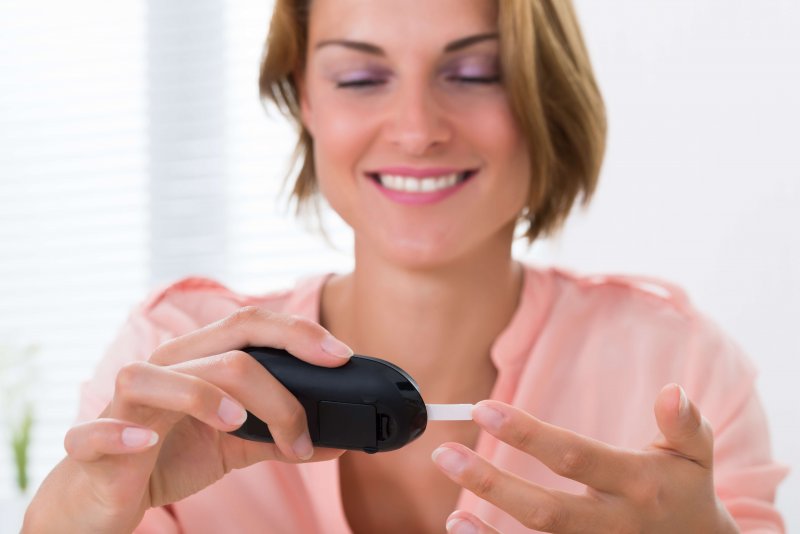Should You Track Your Glucose Ketone Index (GKI)?
Even if you’re a seasoned Keto Zone eater, you may be interested in seeing how ketosis affects your overall metabolic health. While you know you eat low-carb, what’s your Glucose Ketone Index (GKI)? And, why does it matter?
The GKI indicates the relationship between your glucose levels and your ketone levels. It’s associated with metabolic health and has been found to be an important indicator of outcomes in studies on chronic diseases including some cancers.
And especially if you’ve had a history of prediabetes or diabetes, your glucose levels still matter. They may shift due to fasting reactions, hormones, some high-fat meals, and more. The GKI provides one goal number ketones and glucose rather than 2 separate ones.
If you are able to track both glucose and ketones, it’s worthwhile to track your GKI. Here’s how to monitor it.
What is Glucose Ketone Index (GKI)?
GKI can be very useful because you can choose a target number based on your personal goals. For those using ketosis for its medical benefits such as conjunctive cancer treatment or for brain health, a therapeutic target number is correlated with better outcomes in studies.
In fact, GKI was first developed by a researcher who found that specific cancer cells grew by utilizing glucose in the brain. When he both reduced glucose readings and increase neuroprotective ketones, he improved the outcomes of his patients.
GKI for Weight Loss and Wellness
On the other hand, there are not really studies that show GKI is necessary for weight loss and wellness. However, many people watch their glucose levels to avoid high blood sugars AND monitor ketone levels to reach ketosis. For them, the glucose ketone index serves as an easy way to monitor their current level and progress.
By choosing a target goal number based on personal goals, one is able to make Keto Zone a long-term lifestyle with some flexibility depending on how the body reacts to the Keto Zone diet.
How to Calculate Glucose Ketone Index (GKI)?
To calculate your GKI:
- Follow the instructions or both the glucose meter and ketone meter. Record each number.
- IF YOUR GLUCOSE METER SHOWS MG/DL FOR UNITS (U.S.): Next, divide your glucose number by 18 (this converts the US reading, which is in mg/dL to the international units which match ketones, mmol/L). If you’re outside the US and/or use a meter that shows mmol/L, skip this step.
- Divide your glucose mmol/L number by your ketone number. This is your GKI.
- Use this number to monitor your progress and the GKI level. While different numbers correlate to different levels of ketosis, in general, the lower the number the better.
